Teresa Kemp - Underground Railroad Interview - Part 1
For today's interview, I am pleased to be joined by Teresa Kemp, Director of the Underground Railroad Quilt Code Museum. Teresa is a student of history who loves to share her knowledge with others.
I sent her eight interview questions and she sent me fifty plus pages of answers, supporting information, and pictures. Talk about over-delivering! Teresa, thanks so much for all the great stuff you've shared with us!
Because the interview is so large, I have broken it into two parts. This is the first part, you can find the second part here. From the Underground Railroad, to Civil War Ancestry, to modern slavery, we cover a lot of ground in this interview, so dive right in!
1. Teresa, thanks for your time, and welcome to American Civil War Story. Please introduce yourself, and give us an overview of your background.
Hello, I am Mrs. Teresa R. Kemp, a historian, researcher, Director of the Underground Railroad (UGRR) Secret Quilt Code Museum formerly located in Atlanta, GA. A woman of Great Faith, I am the wife of Calvin Kemp, Jr. and mother of eight, grandmother of 12, great grandmother of five. I closed the museum exhibit in 2007 to successfully fight cancer and congestive heart failure.
I was born in Baumholder, Germany to the late, Dr. Howard Wilson (WV) & Serena Strother Wilson (of SC). I graduated at 15 years old from Berlin American High School. With a love of history in post WWII Germany I traveled extensively in Europe for sports and school activities. I packed up and traveled to America alone, worked, found a church home, and attended Ohio State University in Columbus, Ohio. In 1976, I transferred to West Virginia State College (Now WVSU) where I was married and 2 years later, my first husband James Womack died. I returned and graduated with a Bachelor of Arts degree. Ten years later after getting re-married, having children, I graduated from DeVry University in Atlanta, GA with a Bachelor of Science degree in Computer Information Systems.
As the great-granddaughter of David Richardson Strother (1814-1870), the South Carolina Rock Hill Plantation, owner and Milton Strother’s Cherokee mother, Ann Jones (b. in North Carolina in 1837) I am the griot (a member of a class of traveling poets, musicians, and storytellers who maintain a tradition of oral history in parts of West Africa ) for our family and the fifth generation of quilter. My maternal great grandparents were children of former West African (from Dahomey and Nigeria) slaves Peter and Eliza Farrow, Sr. who became abolitionist. After losing my parents and 5 close relatives this year, I continue to mount traveling exhibits with my family’s extensive collections of artifacts and textiles. I am about to publish my first book, “Keeper of the Fire: an Igbo Metalsmith from Awka. You get a sneak preview and are the first to see some of these photos explaining the Quilt Codes!
Teresa’s Strother family has several historic plantation homes still located in South Carolina on the National Register of Historic places. Her late mother, Serena M. Strother-Wilson, is one of 17 children by Milton’s two wives Martha (Pixley) (1866-1930) and Mary Eva (McDaniel) Strother (1910-1964). Eleven of her mother’s siblings were born prior to 1900. They exhibit wills, photos, census data, birth, marriage, death and military service records dating back to her first immigrant ancestor on the Strother side, William Strother who settled in seventeenth century Virginia.
With my husband Calvin Kemp, Jr. a television production manager at WATC TV-57, we have eight children, twelve grandchildren and six great-grandchildren.
2. What is the Underground Railroad Quilt Code Museum (where is it located, what is the history of the museum, what is the mission of the museum, etc.)?
The museum is closed and I do traveling exhibits now and will reopen 2017 in downtown Atlanta. I opened the museum when my parents were given 9 weeks to live in 2004. I wanted them to know that I would teach what they allowed me to learn – Delayed Gratification and Reconciliation Skills. We use the Golden Rule and I use education as a bridge to understanding. My goal is to go into troubled communities and heal them.
These are a few pictures of folks enjoying the activities and displays that Teresa has put together. For more info on what she does and what her mission for the museum is, check out the mission statement on the Secret Quilt Code Museum website.
3. Could you give us a brief description of how the quilt codes were used on the Underground Railroad (what kind messages were encoded, how were they displayed, etc.)?
My ancestor Rev. Peter Farrow Sr. was enslaved on the Hal Plantation in Glynn County, GA. He was hired out as a blacksmith and would travel like he did in Nigeria doing his craft and ministering to the migrating and widely located related ethnic groups. He and the other members of the metalsmithing guild spoke a secret language that was not understood by their Awka village neighbors. As the aristocracy, these artisans would bring a percentage of their earnings back for support of their town.
He would settle disputes, strengthen their faith, administer rites of passage to the young boys, sit on a council of elders to decide important matters and make items for festivals, fashion and religious regalia.
----------
THE DARIEN GAZETTE; MONDAY 2 NOVEMBER 1818 Pg. 1 col. 4
FIFTY DOLLARS' REWARD—Eloped about three months ago, from the undersigned a remarkably good looking negro [torn] named Scipio, about 22 or 23 years old and feet nine or teen inches high. He is well known in Milledgeville, on Turtle River and in Savannah, where he has been occasionally hired out, and in the latter place has several relations. He was seen in the company of two Negroes, with a dog and gun. It is supposed he will make for Savannah, and endeavor to get on board some vessel bound to the northern states or to Europe, as he before attempted to accomplish that object. Any person apprehending and delivering him to Messrs. Carnochan & Mitchel in Savannah, or to James H. Giekie in Darien, or to the subscriber at the Thicket McIntosh county, shall receive the above reward and [torn] reasonable expenses paid. William Carnochan
N.B. Captains of vessels and others are cautioned against harboring, employing, or taking him from the state, as the law will be rigidly enforced against offenders.
----------
In America, he and other former members of the Igbo craft guilds, did the same thing when they were hired out to neighboring farms and plantations. When he saw his country men and women suffering, punished, and situations of immanent death, they used their language’s symbols as maps and messages sewn into quilts with songs and symbols to get them to safety and freedom on America’s Underground Railroad. Their faith in God gave them strength. They were hunters.
They could not paint the homes or carve the doors in America, but they could sew the patterns in textiles in plantation sewing houses without anyone suspecting anything.
Americans still think these are American Civil War Era patterns!
The Bow Tie quilt pattern was used in America at safe houses or UGRR Stations where a fugitive could get clothes to blend into the free Northern society of free Blacks.
The men and women of this tribe wore unique hair styles and are adorned by intricate Ichie or uli skin decorations. They had unique skill sets which is why they were taken and forced in to slavery for metalsmithing, sea faring/ fishing/ canoe skills, weaving, building and agricultural skills (sugar cane, rice, indigo, cotton). I have historic Colonial British videos of Igbo villagers picking cotton that was as tall as a person not back-breaking, bent over work. In historic periodicals it was called “Sea Island Cotton”, which was the finest in the world outside of Egypt.
----------
THE DARIEN GAZETTE; MONDAY 21 DECEMBER 1818 PG. 1 COL. 3
A LARGE ESTATE FOR SALE—That extensive and well known property belonging to Pierce Butler, esq. situated on the waters of the Alatamaha [sic], in the counties of Glynn and M'Intosh, consisting of about 15,000 acres of land of various kinds, and 535 negroes.
Among the Negroes are about forty-five mechanics, viz: Blacksmiths, House and Ship Carpenters, Bricklayers, Coopers, &c. Of the prime land, there is about 1600 acres fit for immediate cultivation, viz: 800 acres of tide swamp on Butler's Island, one mile from Darien, suitable for rice, cotton or sugar; 300 acres of brackish marsh, and excellent cotton land, on Experiment, on Little St. Simon's, and 500 acres on Hampton, St. Simon's Island, consisting of old fields that have not been in cultivation for three years.
The estate is amply provided with buildings of every description, requisite in an extensive culture of rice, cotton and sugar. A further description is considered unnecessary, as it is presumed no person would become purchaser, without a previous examination of the premises.
Butler's Island, containing 1498 acres (875 of which are banked in) is offered for sale in one lot, together with all the negroes, excepting a few families, that will be kept until the other property be disposed of. The St. Simon's lands may be divided into several tracts to suit purchasers. The payment will be accommodating; 20 per cent only will be required to be paid in hand; and 7 per cent interest on the balance. Any person desirous of purchasing will please apply to the subscriber. Roswell King
The editors of the Georgian in Savannah, and of the City Gazette in Charleston are desired to insert the above 8 times weekly, and forward their accounts to this office for payment.
----------
The Igbo people have intricate, unique hair designs and Ichi or uli markings that made them standout when enslaved in America to someone who knows what to look for like my ancestor.
They did not forget the quilt patterns that were often ceremonially cut into their skin (face – fore head, cheeks across their bridge of the nose, back or stomachs).
(Above) This Sept 3, 1772 Williamsburg advertisement for man committed to James City Prison, named Joe, listed as an Ibo Negro, about fifty Years of age, five feet nine or ten inches high, with three scars on the right side of his face, the middle one the largest. He had attempted to escape slavery and he was apprehended. He might have sacrificed himself so that the group might get away.
(Right) ‘Surgical’ knives used by Ụmụdiọka scarifiers, made by the Awka metal smiths. Photo from Nancy C. Neahers Mass.
(Left) An Ibo Negro fellow 5’ feet 6 or 7 inches tall. He was committed to James City prison, when about 40 years old. He had 5 gashes of his country marks on each cheek. He was sold about 6 years ago by Col. Hunter to David Sallen, waterman. Advertised by William Lane March 11, 1766 Williamsburg, VA.
Unfortunately every attempt was not successful. If it had been I would not have a collection of these advertisements as proof they were here.
----------
THE DARIEN GAZETTE; MONDAY 18 JANUARY 1819 Pg. 4 col. 4
TWENTY DOLLARS’ REWARD—Ranaway on the 10th instant from the plantation belonging to the estate of major Edward White, in Jones county, and African fellow named TOM, lately purchases at the sale of Africans in Milledgeville, about 22 years of age, five feet and a half high, stoutly built, of a very pleasant countenance, his face and back covered with country marks, the latter very remarkable, meeting on the middle and running downwards towards the sides. He will probably be unable to mention his owner’s name. Had on when he went away, a jacket and trowsers of white plains. It is conjectured that he may attempt to find his way to Darien, Savannah or the Indian nation. The above reward will be paid to any person who will deliver the negro thus described, at the plantation from which he absconded, or confine him in any gaol, so that he may be recovered. Benjamin A. White, ex’or. The editors of the Darien Gazette will please to give the above six weekly insertions.
----------
(There were free blacks that lived in worked in the South)
----------
THE DARIEN GAZETTE; MONDAY 2 NOVEMBER 1818 PG. 2 COL. 1
AN ORDINANCE—[article is torn away] Concerning Free Negroes and Persons of Color, Settling in the Town of Darien Passed the 14th September 1818.—Be it ordained, that all free Negroes, Mullattoes, or Mustezoes, or any free person of color, residing in the town of Darien, shall pay tax as follows, viz: for every male person as aforesaid, from the age of 15 to the age of 50 years, shall pay a town tax of ten dollars [a] year; and all females as aforesaid of and between [torn] ages, shall pay a yearly tax of five dollars; and [torn] Negro, Mullato, Mustezo, or free person of color [torn] come to reside within the limits of Darien, after [torn] passing of this ordinance, without first paying a [torn] the said town of fifty dollars, after ten day's notice [torn] failure of which, they shall be imprisoned for thirty [torn] at expiration of which time, their persons shall [torn] posed to public sale to pay the above mentioned [torn] and all incidental expenses. James Troup, Int[torn] Attest, James Burnett, C.C.
----------
There were communities that welcomed blacks like the Moravian Community in Old Salem, NC. Once in the city limits the freed black were neither free to go nor enslaved. If they left they could be re-enslaved but if they stayed they could marry, work, own their businesses homes, be a part of the community and serve God.
4. On your website, you reference the Gullah-Geechee language/culture (this was the culture in which Robert Smalls was raised). Could you briefly describe what this is, and how it survived through the slavery era all the way into modern times?
It is a combination of the remnants of African heritage the kidnapped people brought with them and mixed with the American culture adopted to survive that the former enslaved people have passed down. A lot of it was due to the isolated areas where they lived for years. In the case of my family they were on the Dover Hall Plantation in Coastal Georgia and due to the deadly diseases of malaria and yellow fever epidemics they had “absentee owners for at least 6 months of the year. During “Skeeter Time” (mosquito time) many of the coastal owners and their families would retreat to the north or go to Europe on vacation. Sometimes, the owner’s children attended prestigious boarding schools and would be away returning for holidays or deaths. They were able to pass down over 150 African customs in our family.
My ancestor and the enslaved people on this Glynn County plantation governed themselves part of the year. He operated his metalsmithing craft the same way he did in Nigeria, preaching to the subjugated congregations, getting paid for his metalsmithing work and brought a percentage of the proceeds back to his master when he returned. Since the influx of tourist very little of the Gullah lands remain in the original families possession. For more information visit the Gullah Geechee Nation website.
Continue to Part 2 of the interview...

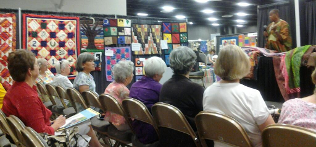
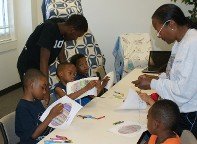
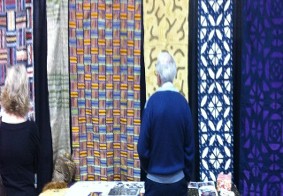
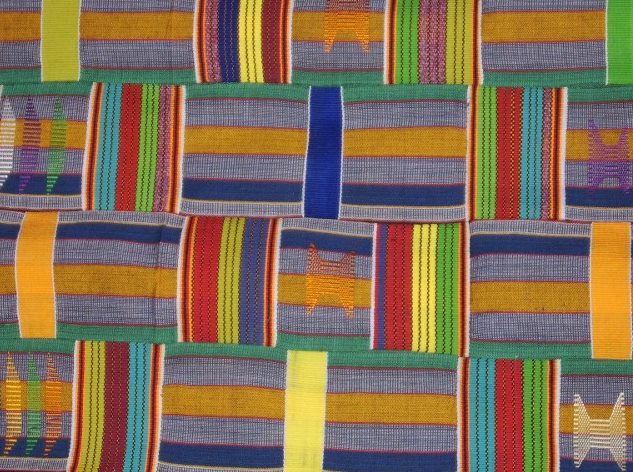
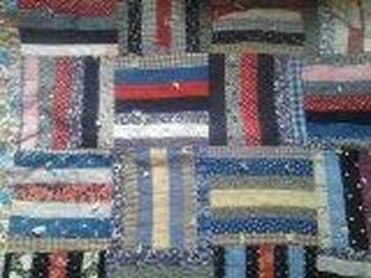
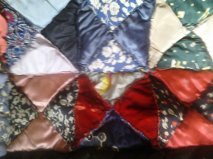
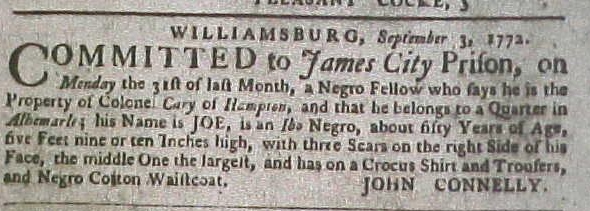

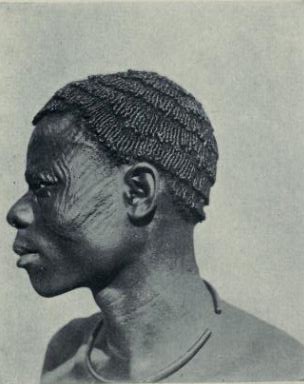
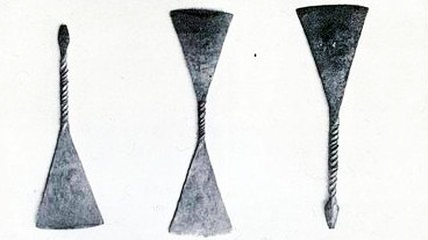
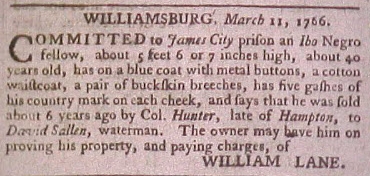
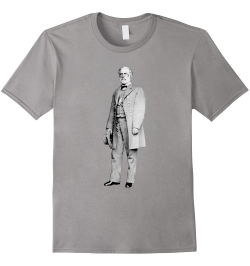
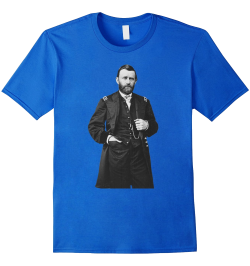

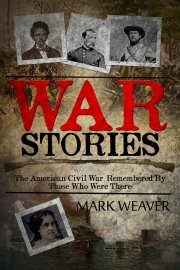

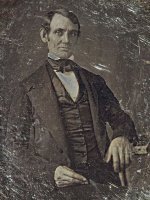
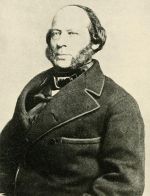
New! Comments
Have your say about what you just read! Leave me a comment in the box below.